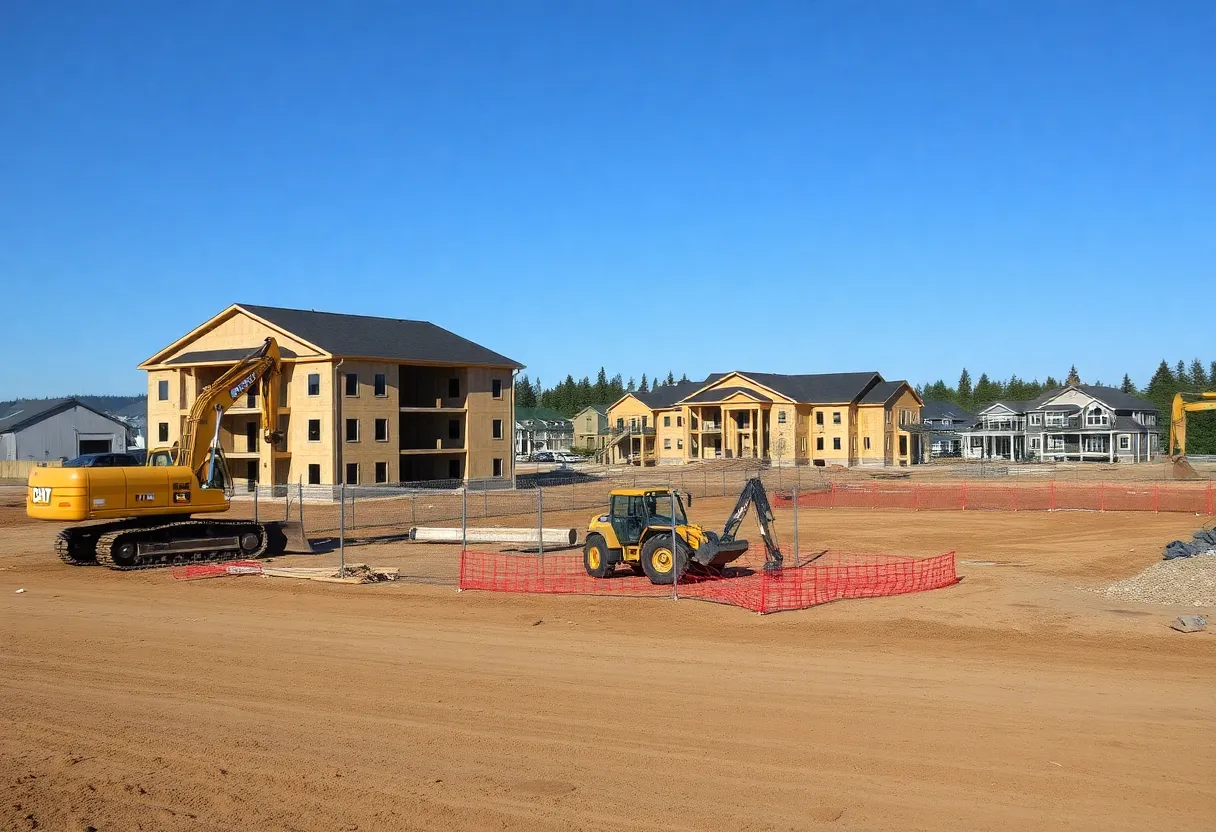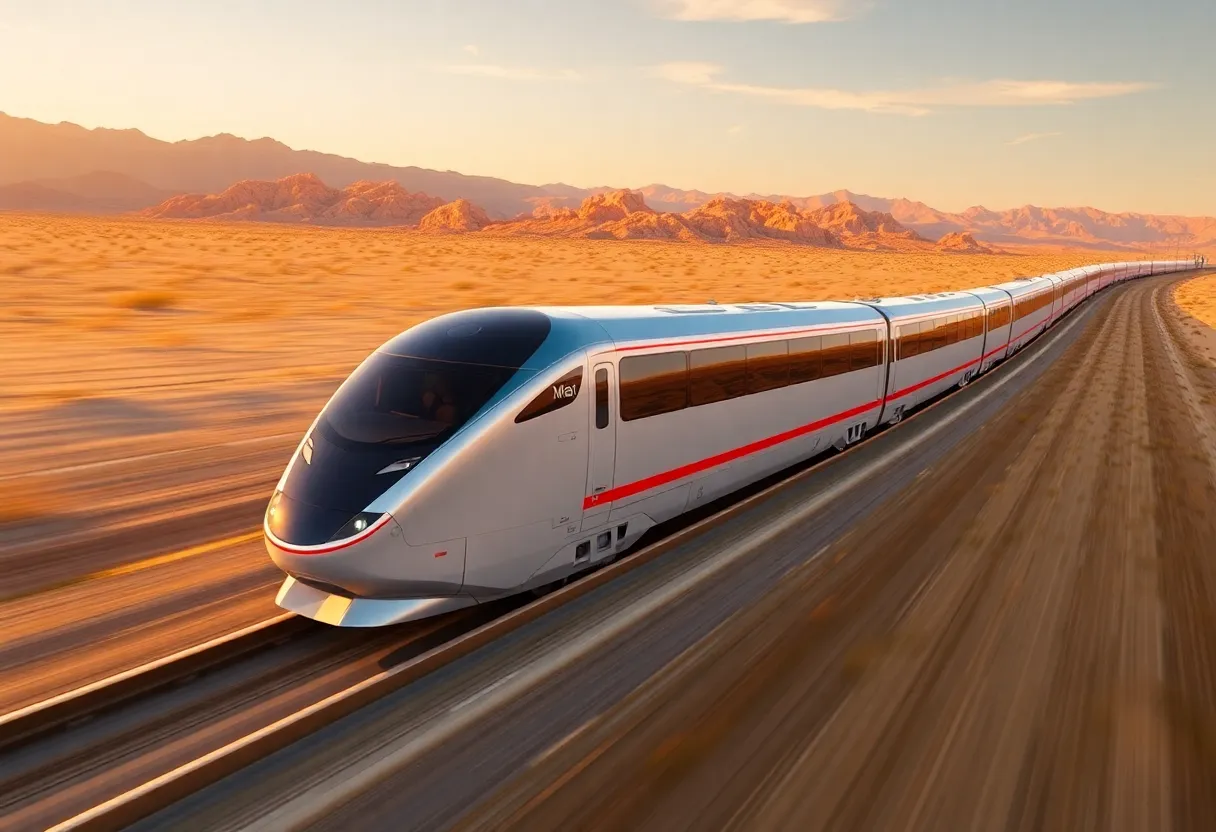Washington State, October 2, 2025
News Summary
Washington state has reported a significant drop in residential construction permits, returning to levels not seen since 2013. About 33,000 permits were issued last year, contrasting with previous peaks before the pandemic. Industry leaders are concerned about various factors such as policy changes, rising costs, and lengthy permit timelines contributing to the decline. Local efforts are being made to streamline the permitting process, particularly for Accessory Dwelling Units, in an attempt to boost housing supply amid escalating prices and demand.
Washington State Sees Sharp Decline in Residential Construction Permits, Returning to 2013 Levels
The number of residential construction permits issued in Washington state has significantly decreased, returning to levels seen in 2013. This alarming trend was revealed in a report by the Economic and Revenue Forecast Council (ERFC). In 2013, about 33,000 residential housing permits were issued. However, this figure climbed steadily over the years, peaking at approximately 46,000 permits by 2017.
The impact of COVID-19 was considerable, as state-imposed lockdowns categorized construction as nonessential. This led to a drop in permits from 48,000 in 2019 to 44,000 in 2020. In 2021, the issuance of permits surged to around 52,000, but that upward trend did not last. The following years have seen a marked decline.
The ERFC’s forecast suggests that housing permits may rise in the coming years, but they are expected to remain below the high levels of 2021 and 2022. Experts in the industry have expressed shock at the abrupt decrease in permits and have voiced concerns that if it does not become easier to build, many builders might choose to stop seeking new opportunities in the state.
Recent policy changes have complicated the construction landscape. Revisions to the State Energy Code, which now mandates the installation of heat pumps, are believed to have contributed to this decline. Additionally, the Initiative 2066, which aims to protect natural gas use from government bans, has added complexity to the already challenging building environment.
Buffer zones around wetland areas have also restricted available land for development, making it increasingly difficult for builders to meet customer demands. As noted by industry leaders, uncertainty in permit timelines, which can range from 190 days to five years, is a significant deterrent for developers. Rising costs further exacerbate these challenges and discourage builders.
The housing market’s rising prices have driven many families out. Currently, the median sales price for a single-family home in Washington has soared to $675,600, which marks a staggering 133.5% increase from a decade ago when the price was approximately $289,300. Incredibly, around 80% of families in Washington state cannot afford a home.
In July, areas including King, Snohomish, and Pierce counties issued 3,742 single-family permits, reflecting a 7% decline from July 2024. This decrease is mirrored in multifamily permits, which fell by 37% compared to the same month the previous year, despite the passage of House Bill 1110 in 2024, designed to increase middle housing opportunities.
Local policies have also played a role in the decline of permits. For instance, Seattle’s Mandatory Housing Affordability fees placed on townhomes are attributed to increased costs and permit decreases. The permits for new townhomes in Seattle from 2019 to 2024 have plummeted by approximately 87%, leading to an estimated loss of $775 million in construction-related tax revenue over the next 20 years.
Advocates in the building sector believe that increasing the housing supply is crucial for positively impacting the housing market. The Federal Way city council is gearing up to vote on new code changes aimed at improving the permitting process for Accessory Dwelling Units (ADUs). Proposed changes would allow for at least two ADUs on all single-family zoned lots, limit impact fees, eliminate entrance restrictions, permit ADUs in existing structures, and reduce parking requirements near major transit stops.
The Federal Way Housing Action Plan aims to encourage homeowners to build ADUs in an effort to diversify and increase housing density. For intergenerational households and people with disabilities, ADUs can provide accessible housing options while also enhancing income potential for homeowners on fixed incomes. Unfortunately, permit applications for ADUs in Federal Way have seen low numbers, with only 13 applications submitted since 2023 and only two permits issued so far.
In contrast, residents in Boise are expressing concerns regarding a proposed development by Hawkins Cos. The five-story apartment complex is believed to potentially affect local character and increase traffic. Community members, including resident Karen Moore, are advocating for reductions in the proposed building height to enhance compatibility with existing neighborhood structures.
Frequently Asked Questions
What is the current trend in residential construction permits in Washington state?
The number of residential construction permits issued in Washington state has decreased to levels seen in 2013.
How many housing permits were issued in 2013?
In 2013, about 33,000 residential housing permits were issued.
What was the peak number of permits issued by 2021?
In 2021, the issuance of permits climbed dramatically to around 52,000.
What factors have contributed to the decline in construction permits?
Recent policy changes, such as revisions to the State Energy Code requiring the installation of heat pumps, have contributed to the decline in construction. Additionally, buffer zones around wetland areas and uncertainty in permit timelines have also played a role.
How much has the median sales price for a single-family home risen in Washington?
The median sales price for a single-family home in Washington rose to $675,600 in the second quarter of the fiscal year, marking a 133.5% increase from a decade prior when it was $289,300.
What has been the response of local areas to the decline in permits?
Local areas like Federal Way are aiming to improve the permitting process for Accessory Dwelling Units (ADUs) to increase housing supply, while some residents in Boise are concerned about new apartment developments impacting neighborhood character.
{
“@context”: “https://schema.org”,
“@type”: “FAQPage”,
“mainEntity”: [
{
“@type”: “Question”,
“name”: “What is the current trend in residential construction permits in Washington state?”,
“acceptedAnswer”: {
“@type”: “Answer”,
“text”: “The number of residential construction permits issued in Washington state has decreased to levels seen in 2013.”
}
},
{
“@type”: “Question”,
“name”: “How many housing permits were issued in 2013?”,
“acceptedAnswer”: {
“@type”: “Answer”,
“text”: “In 2013, about 33,000 residential housing permits were issued.”
}
},
{
“@type”: “Question”,
“name”: “What was the peak number of permits issued by 2021?”,
“acceptedAnswer”: {
“@type”: “Answer”,
“text”: “In 2021, the issuance of permits climbed dramatically to around 52,000.”
}
},
{
“@type”: “Question”,
“name”: “What factors have contributed to the decline in construction permits?”,
“acceptedAnswer”: {
“@type”: “Answer”,
“text”: “Recent policy changes, such as revisions to the State Energy Code requiring the installation of heat pumps, have contributed to the decline in construction. Additionally, buffer zones around wetland areas and uncertainty in permit timelines have also played a role.”
}
},
{
“@type”: “Question”,
“name”: “How much has the median sales price for a single-family home risen in Washington?”,
“acceptedAnswer”: {
“@type”: “Answer”,
“text”: “The median sales price for a single-family home in Washington rose to $675,600 in the second quarter of the fiscal year, marking a 133.5% increase from a decade prior when it was $289,300.”
}
},
{
“@type”: “Question”,
“name”: “What has been the response of local areas to the decline in permits?”,
“acceptedAnswer”: {
“@type”: “Answer”,
“text”: “Local areas like Federal Way are aiming to improve the permitting process for Accessory Dwelling Units (ADUs) to increase housing supply, while some residents in Boise are concerned about new apartment developments impacting neighborhood character.”
}
}
]
}
Deeper Dive: News & Info About This Topic
Additional Resources
- The Center Square: Washington State Sees Sharp Decline in Residential Construction Permits
- Federal Way Mirror: Backyard Cottages and More Could Soon Be Easier to Build in Federal Way
- Idaho Statesman: Latest Business News
- BoiseDev: Wastewater Pipe Building Updates
- NBC Right Now: House Bill 1403 Could Bring More Condo Construction Across Washington
- Wikipedia: Construction
- Google Search: Washington housing market
- Google Scholar: Residential construction permits Washington
- Encyclopedia Britannica: Housing Construction
- Google News: Construction permits Washington
Author: Construction CA News
The CALIFORNIA STAFF WRITER represents the experienced team at constructioncanews.com, your go-to source for actionable local news and information in California and beyond. Specializing in "news you can use," we cover essential topics like product reviews for personal and business needs, local business directories, politics, real estate trends, neighborhood insights, and state news affecting the area—with deep expertise drawn from years of dedicated reporting and strong community input, including local press releases and business updates. We deliver top reporting on high-value events such as the Rose Parade, Coachella, Comic-Con, and the California State Fair. Our coverage extends to key organizations like the California Building Industry Association and Associated General Contractors of California, plus leading businesses in technology and entertainment that power the local economy such as Apple and Alphabet. As part of the broader network, including constructionnynews.com, constructiontxnews.com, and constructionflnews.com, we provide comprehensive, credible insights into the dynamic landscape across multiple states.




